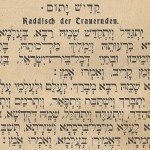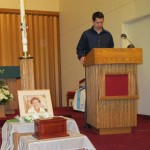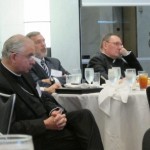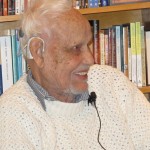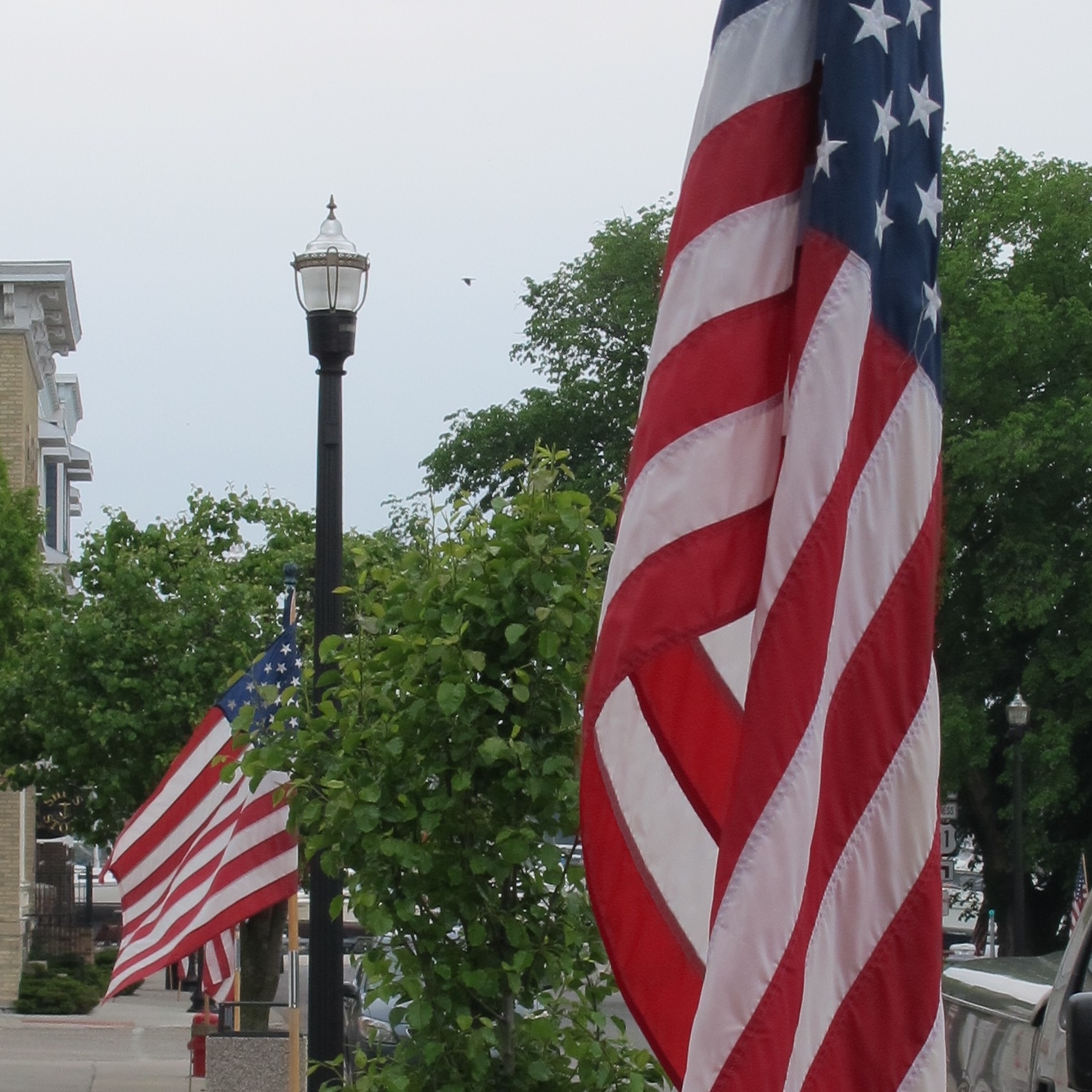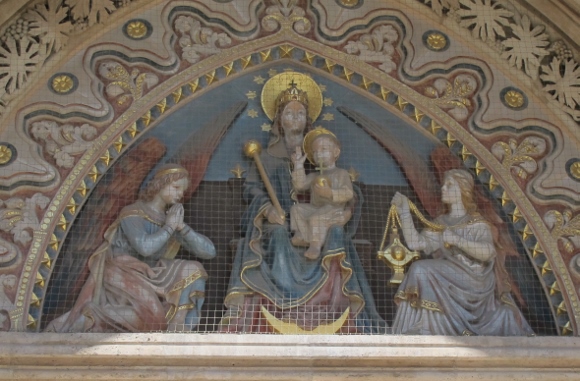
Some say that the Mass is at the heart of Catholicism. Others might say it’s getting those sins dispatched through regular visits to the confessional. Some just plain love the Blessed Virgin and wouldn’t dream of trading their Hail Marys for evangelical praise songs.
For a man that Pope Francis recently appointed auxiliary bishop of the Archdiocese of Los Angeles — the Rev. Robert Barron — the central truth of all Christianity is the Incarnation. It’s the shocking notion that God, the Creator and Ground of the Universe, humbled itself to take on human form, to enter into and enhance creation.
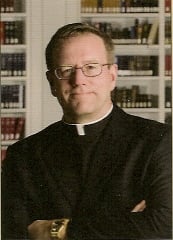
The difference between Catholicism and the rest of Christianity, according to Barron, is that other denominations fail to take the Incarnation seriously enough. If one does indeed accept Jesus as the human face of God, after all, the ramifications are huge and – quite literally – awesome.
In his book, “Catholicism: A Journey to the Heart of the Faith,” Barron cites an often overlooked passage in Mark (10:32): “And they were on the road, going up to Jerusalem and Jesus was walking ahead of them; and they were amazed, and those who followed were afraid.”
And why not? If that is indeed God Incarnate walking up the road ahead of you, fear and amazement would be the most fitting responses. And that, according to Barron, is why Christianity in general, and Catholicism in particular asks for a commitment: Is Jesus divine? Or not?
Barron says yes, and from there his text marches boldly on to explain and assert the body of Catholic belief as centuries of church authorities have built and elaborated upon it — beginning with the Incarnation and extending to the Resurrection, Pentecost, the Immaculate Conception of Mary, the apparitions at Lourdes, the communion of saints like Therese of Lisieux and Katharine Drexel, and the doctrines of heaven, hell and purgatory.
Barron also tackles – fearlessly – the Catholic church’s age-old understanding of the real presence of Christ in the Eucharist, which Barron characterizes as “nothing other than a sacramental extension of the Incarnation across space and time, the manner in which Christ continues to abide, in an embodied way with his church.”
Protestant and Orthodox Christians, of course, would assert that accepting the Incarnation does not necessarily lead to faith in an Immaculate Conception, in miracles at Lourdes or many of the other doctrines of the Catholic church — including those prohibiting the use of birth control.
But Barron, to his credit, is a wonderfully lucid writer who, like his church, is not afraid to commit to a clear and powerful understanding of who Jesus was. Which maybe explains why the Catholic church continues to be such a powerful force in the lives of millions of Catholics around the world, and why all those Catholics are so darned Catholic.
A version of this post appeared originally on BarbaraFalconerNewhall.com. Barbara is the author of “Wrestling with God: Stories of Doubt and Faith,” from Patheos Press. If you enjoyed this post, you might like “Dying Jesus, Dying Churches.” Also, “Catholic Memoir: Two Atheists Cheerfully Bite the Dust.”

